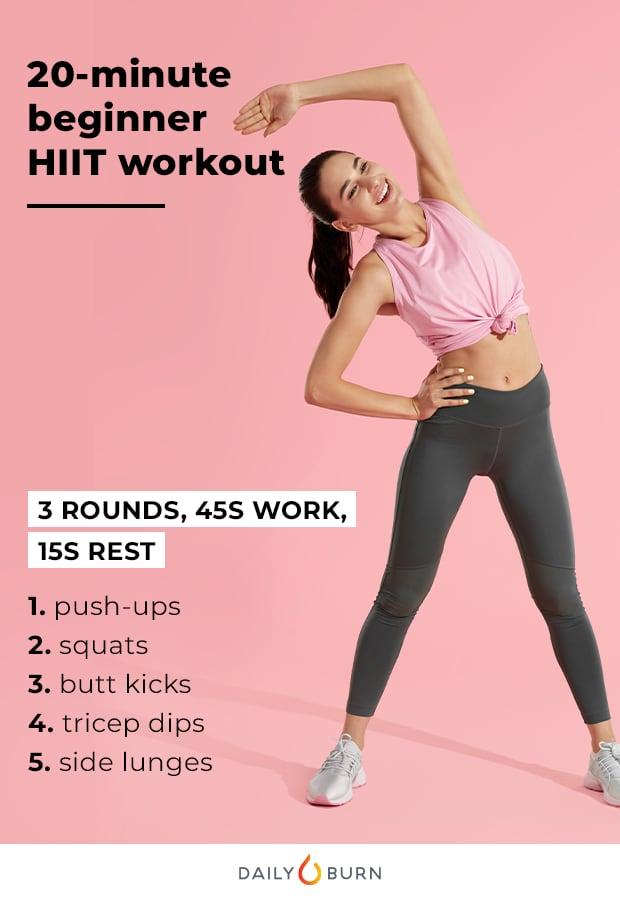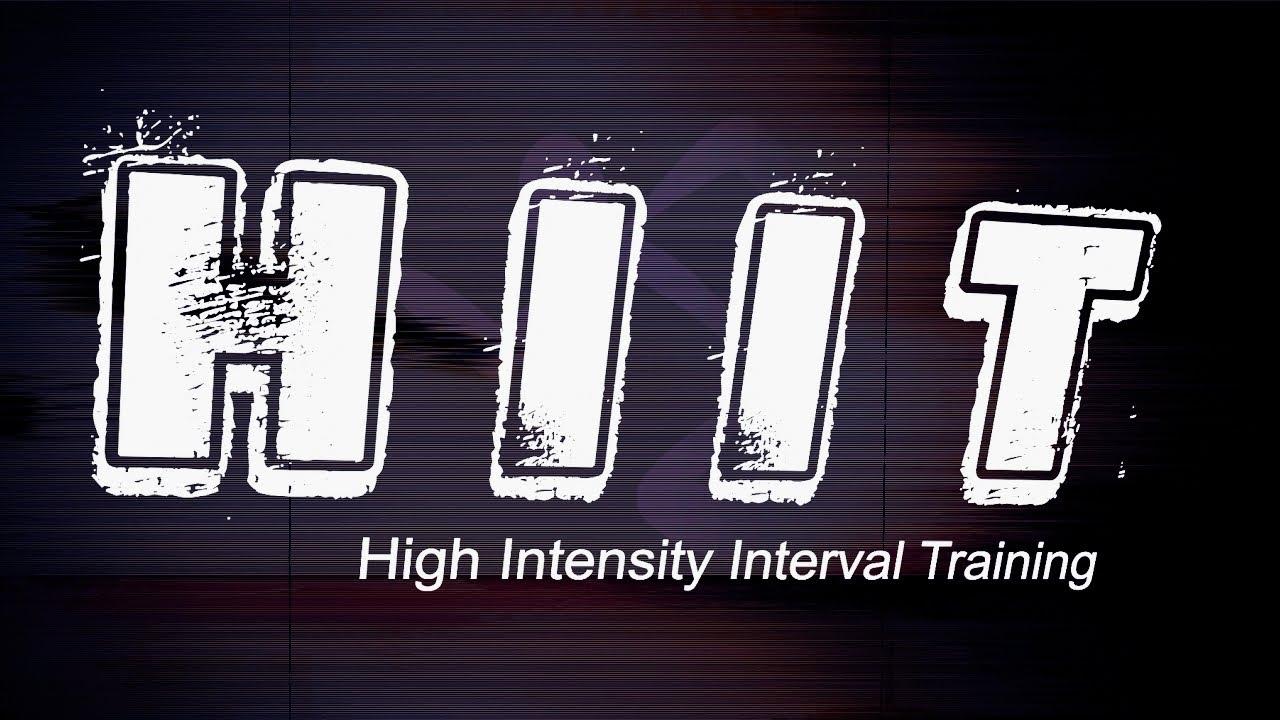In the ever-evolving world of fitness, where trends rise and fall like the ebb and flow of a tide, two distinct approaches to exercise have emerged as frontrunners: HIIT Your Way to Weight Loss: The Ultimate Guide”>High-Intensity Interval Training (HIIT) and traditional strength training. Both promise to sculpt the body and elevate health, yet they differ in philosophy, execution, and benefits. As more fitness enthusiasts swap barbells for burpees, a pressing question emerges: Can HIIT workouts truly replace the time-honored practices of traditional strength training? This article delves into the nuances of both fitness regimens, exploring their unique attributes and examining whether one can genuinely substitute for the other in the quest for optimal health and physical prowess.
Exploring the Benefits of HIIT Workouts Over Traditional Strength Training
High-Intensity Interval Training (HIIT) offers a dynamic approach to fitness that can complement or even enhance traditional strength training. One of the standout benefits of HIIT is its efficiency; these workouts are typically shorter in duration but pack a punch in terms of calorie burn and cardiovascular benefits. HIIT sessions can be completed in as little as 20 to 30 minutes, making them ideal for those with a busy lifestyle. This time-saving element doesn’t compromise effectiveness, as HIIT has been shown to boost metabolism and improve endurance.
Moreover, HIIT workouts engage multiple muscle groups through varied exercises, which can lead to improved muscle tone and strength over time. Unlike traditional strength training that often focuses on isolated muscle groups, HIIT provides a more holistic workout experience. Some notable advantages include:
- Enhanced cardiovascular health: The intense bursts of activity increase heart rate and improve overall heart health.
- Increased fat loss: HIIT can lead to higher calorie burn both during and after workouts due to the afterburn effect.
- Improved agility and flexibility: The varied movements enhance functional fitness, contributing to better balance and coordination.
While HIIT can be a powerful addition to any fitness regimen, it’s essential to consider individual fitness goals and preferences. It may not fully replace the benefits of traditional strength training, particularly for those focused on muscle hypertrophy. However, when combined, both methods can provide a balanced and comprehensive approach to physical fitness.

Understanding the Limitations of High-Intensity Interval Training
High-Intensity Interval Training (HIIT) has gained immense popularity for its efficiency in burning calories and improving cardiovascular health. However, it’s crucial to recognize that HIIT is not without its constraints. One of the primary limitations is the risk of injury due to the intense nature of the workouts. Muscle strains, joint issues, and overuse injuries are common when exercises are performed with improper form or without adequate rest. Additionally, HIIT is not always the best choice for beginners or those with existing health conditions, as the high intensity can be overwhelming and potentially unsafe.
Moreover, while HIIT is effective for cardiovascular endurance and fat loss, it doesn’t provide the same benefits as traditional strength training in terms of muscle hypertrophy and strength development. Here are a few aspects where HIIT falls short compared to traditional strength training:
- Muscle Isolation: HIIT often focuses on compound movements, which may not adequately target specific muscle groups.
- Progressive Overload: Unlike traditional strength training, HIIT does not always allow for systematic increases in resistance or weight.
- Recovery Time: The minimal rest periods in HIIT can lead to insufficient recovery, impacting muscle growth and repair.

Balancing HIIT and Strength Training for Optimal Fitness Results
Integrating HIIT (High-Intensity Interval Training) with traditional strength training can create a harmonious fitness regimen that enhances overall performance. While HIIT is renowned for its ability to torch calories in a short period, strength training builds muscle mass, which in turn boosts metabolism. The key is to find a balance that suits your personal fitness goals and lifestyle.
- Variety: Incorporating both HIIT and strength training keeps workouts engaging and less monotonous.
- Recovery: Allow adequate rest days between intense HIIT sessions to prevent burnout and muscle fatigue.
- Goal Setting: Define whether your primary aim is weight loss, muscle gain, or endurance to tailor the balance effectively.
- Adaptability: Modify the intensity and duration of workouts to accommodate energy levels and fitness progression.
By thoughtfully combining these two training styles, one can maximize both cardiovascular and muscular benefits, paving the way for a more comprehensive approach to fitness.

Expert Recommendations for Integrating HIIT into Your Fitness Routine
Integrating High-Intensity Interval Training into your fitness routine can be a game-changer, but it’s essential to approach it with a strategic mindset. Here are some expert tips to help you seamlessly incorporate HIIT without sidelining your strength training goals:
- Balance is Key: Aim to include HIIT sessions 2-3 times a week, ensuring you have rest days or lighter workouts in between. This helps prevent overtraining and allows your muscles to recover.
- Complement, Don’t Replace: While HIIT is excellent for cardiovascular health and burning calories, it doesn’t provide the same muscle-building benefits as traditional strength training. Use HIIT as a supplement to your strength workouts rather than a replacement.
- Listen to Your Body: Pay attention to how your body responds. If you notice signs of fatigue or soreness, adjust your schedule accordingly. Incorporating active recovery days can enhance performance and prevent injury.
- Customize Your Routine: Tailor your HIIT sessions to fit your fitness level and goals. Beginners might start with shorter intervals and gradually increase intensity, while seasoned athletes can experiment with advanced variations.
